A methacrylated hyaluronic acid scaffold with oriented pores perpendicular to the axial direction by an unidirectional freeze-drying method is reported.
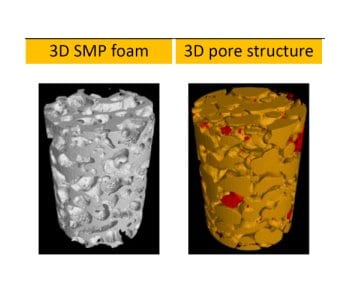
Topographical control of preosteoblast culture by shape memory foams
This study expands the potential applications of the SMP foam in tissue engineering.
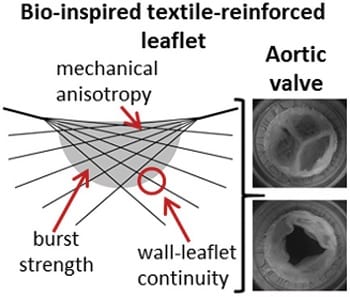
Tissue-engineered fibrin-based heart valve
The BioTexValve demonstrates the potential of bio-inspired textile-reinforcement for the fabrication of functional tissue-engineered heart valves for the aortic position.
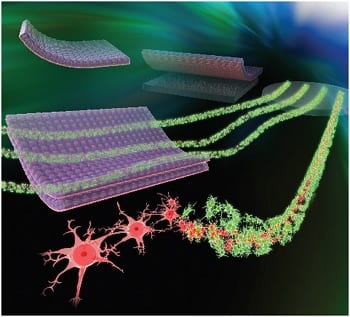
Scaffold-free tissue engineering to create a human neural tissue construct
This new tissue engineering approach may be useful to establish a technology for regenerative medicine and drug discovery using the patient’s own neurons.
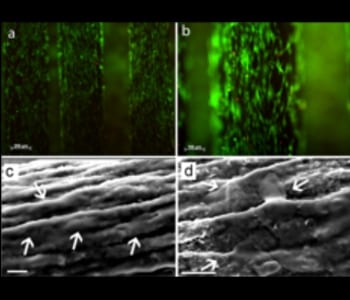
High-Performance Multifunctional Graphene-PLGA Fibers
Researchers develop conducting graphene–PLGA fiber electrode that promotes muscle cell growth, and that could stimulate muscle regeneration.
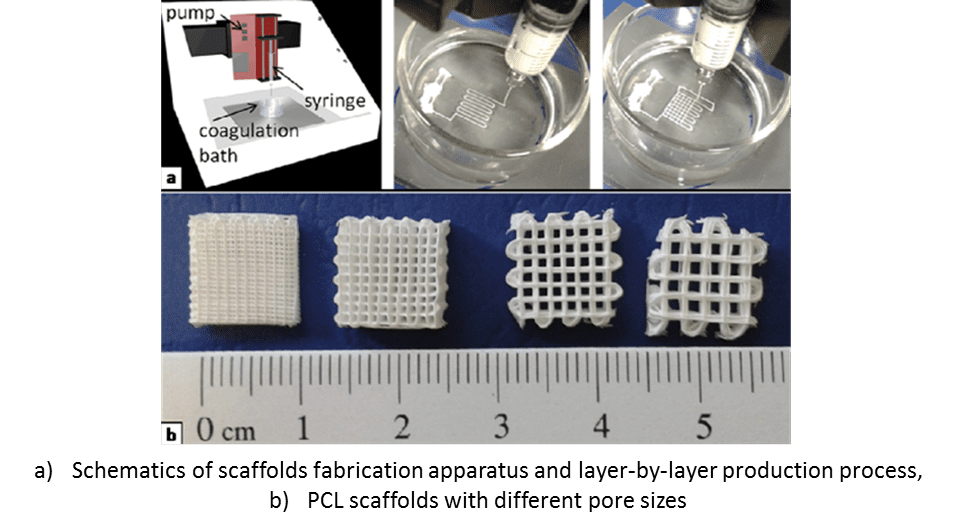
Can Polymers Regenerate Teeth?
A common goal for tissue engineering has been finding a way to regenerate and repair the inflamed tissues.
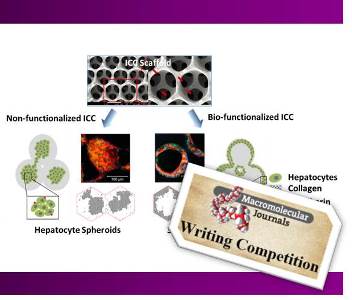
Biofuntionalized hydrogels for tissue engineering
Micro-porous PEG hydrogels are functionalized with collagen type-I that has a selective response with human hepatocarcinoma cells.

Cell Growth and Proliferation with Zwitterionic Polynorbornene
A zwitterionic polynorbornen-modified surface facilitates growth and proliferation of model endothelial cells.

Touch- and brush-spinning of nanofibers
Touch- and brush-spinning methods for drawing of nanofibers, core–shell nanofibers, and their aligned 2D and 3D meshes have been developed.
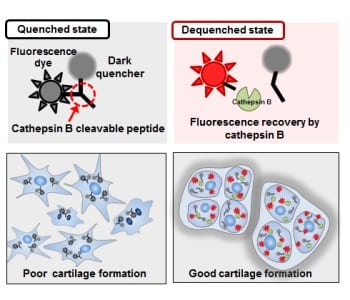
Molecular imaging as prediction tool
Cathepsin B molecular imaging has been shown to be a powerful tool in reflecting the potential of cartilage formation and predicting the quality of cartilage.










